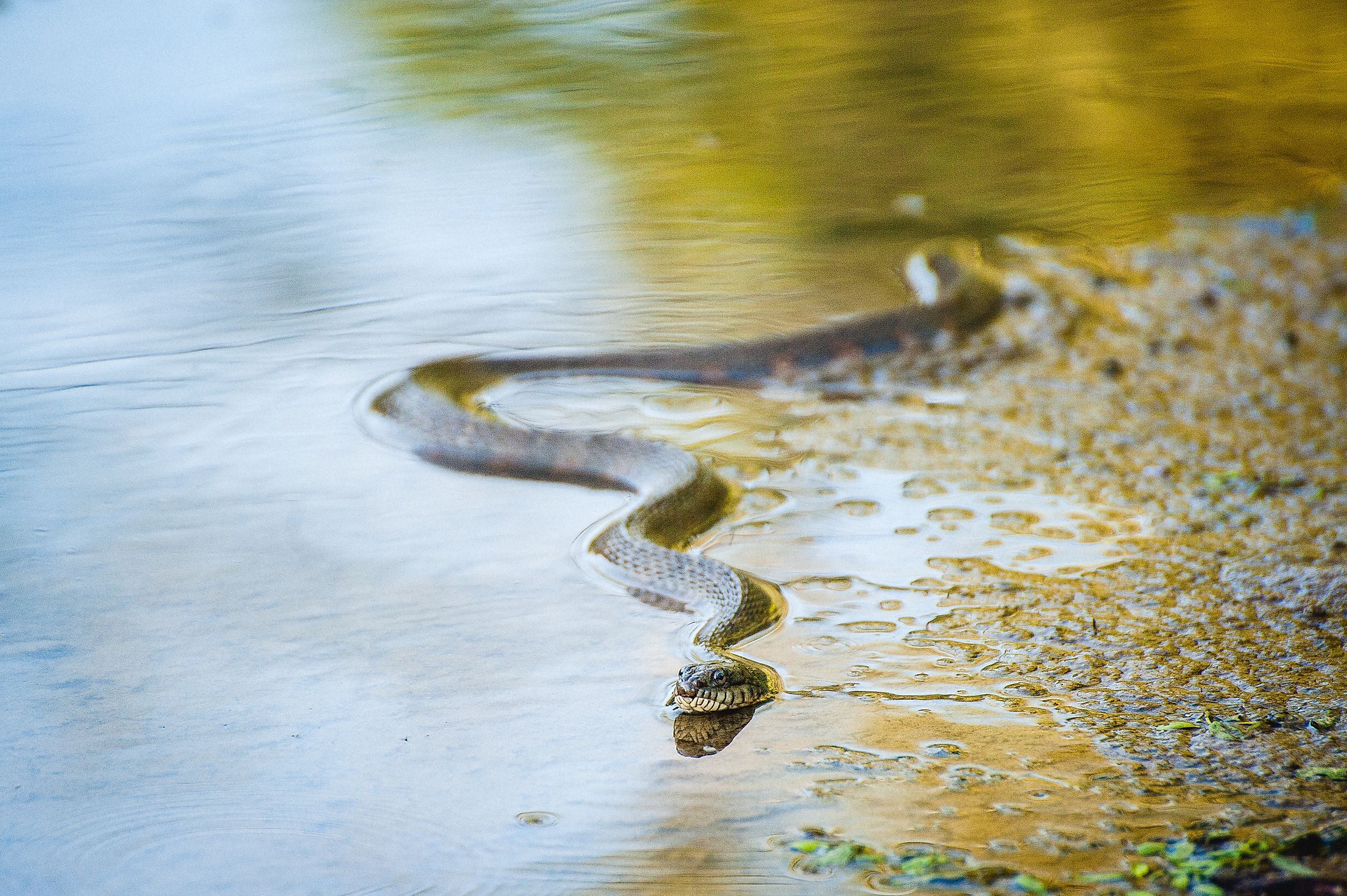
The Most Snake Infested Lakes in Minnesota
When going on a trip and a swim, no one wants to encounter a nasty reptile tugging on your legs, especially if it’s venomous. Therefore, it is important to be informed of which lakes in your state, or in the state you’re visiting, could contain potentially harmful species. Luckily for Minnesota residents, only 4 out of over 11,000 lakes in the state are considered snake-infested. Even in that case, most snake species are not considered harmful, so the lakes can still make for a lovely recreational destination. However, for those who have ophidiophobia or abhor the sight of snakes, the following lakes might be ones to avoid when visiting Minnesota. Read on to find out more about these snake-infested lakes and the snakes that reside within them.
Lake Pepin
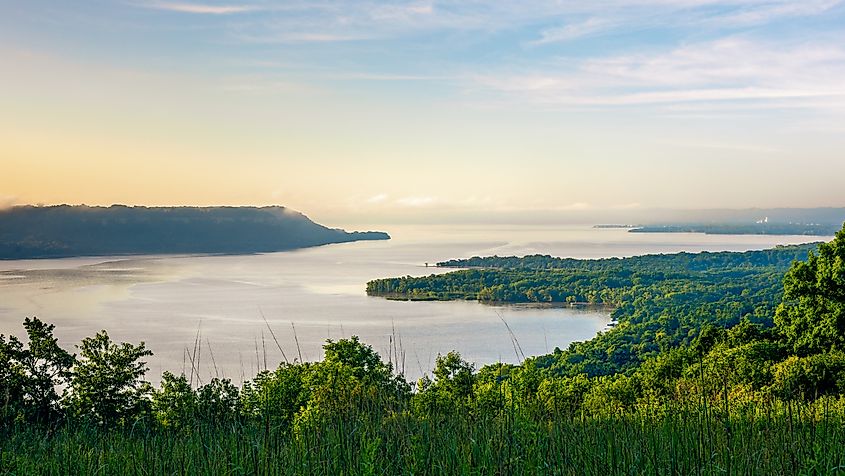
The Mississippi River forms this lake, which is located alongside it on its eastern border. As one of the largest lakes on this river, Lake Pepin is abundant in various species of flora and fauna, making it a breeding ground for aquatic life. Two water snake species can be found in this lake: the common garter snake and the northern water snake.
The common garter snake is quite commonly sighted in Minnesotan waters and can be identified by their black or gray color and narrow red or yellow stripes running along their body. This snake is on the smaller end of the spectrum, with an average length of 22 inches (55 cm). Meanwhile, The northern water snake can be spotted by its dark bands on a lighter body. It’s usually 24-48 inches (60-122 cm) long and thicker than the common garter. Neither of the snakes, however, are poisonous.
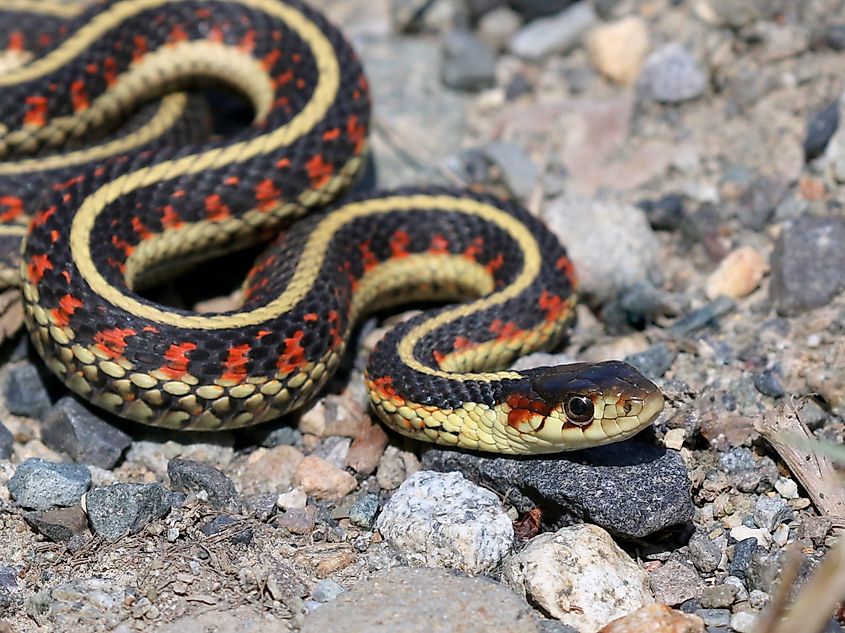
Therefore, despite these two snake species that inhabit Lake Pepin, the lake still hosts multiple sports and recreational activities for the thousands of tourists that visit each year. This is mainly due to the cultural and historical significance of the lake, as it has existed for more than 12,000 years and has provided local communities with multiple facilities and natural nutrients. The lake is also known as the birthplace of water skiing. So, while you may be cautious of the reptiles living underneath, consider Lake Pepin safe to have fun in.
Red Lake
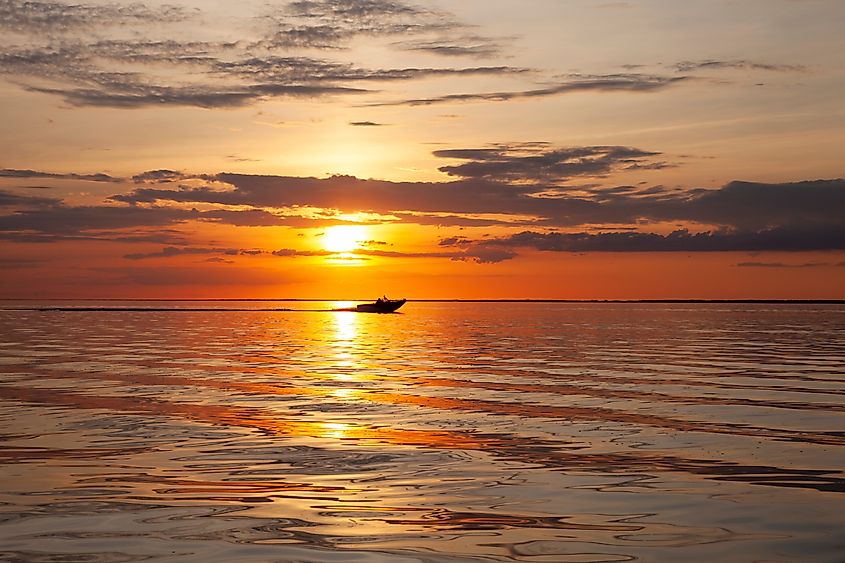
Red Lake is the 16th largest lake in the country and the largest natural freshwater lake located inside Minnesota’s state lines. Similar to Lake Pepin, Red Lake is also home to two kinds of semi-aquatic snakes; this time, it's the common garter snake paired with the plains garter snake. The plains garter snake is either brown or black and has distinct orange or yellow stripes on the side. These snakes average around 3 feet (91 cm) long and are abundant throughout the central United States. Thankfully, they are not venomous but may bite you if bothered.
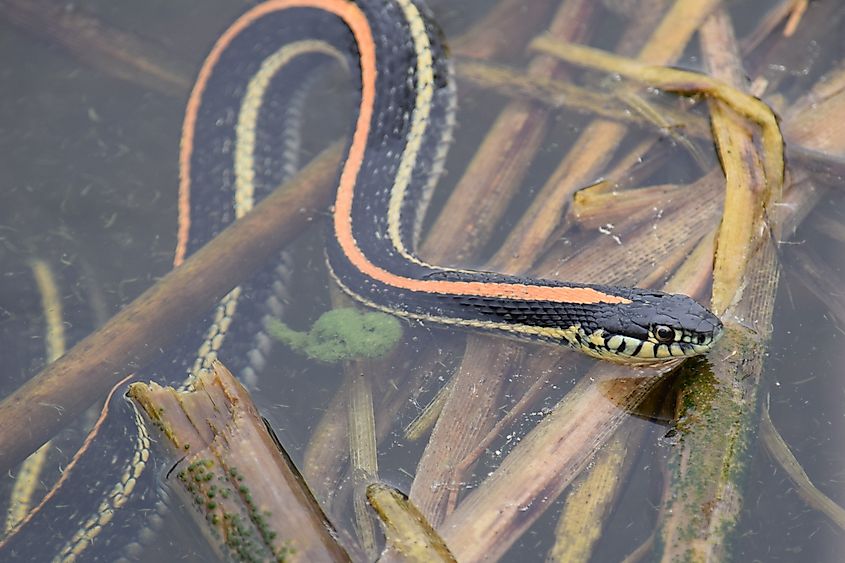
Almost 48,000 acres of Upper Red Lake are open to non-tribal sportfishing, and in the winter, the lake has become a popular spot for ice fishing. Some of the most common fish species in the lake ate the black bullhead, black crappie, yellow perch, and largemouth bass, all of which are popular for fishing. So stay weary of heading into the waters, but go ahead and catch something good out of it.
Otter Tail Lake
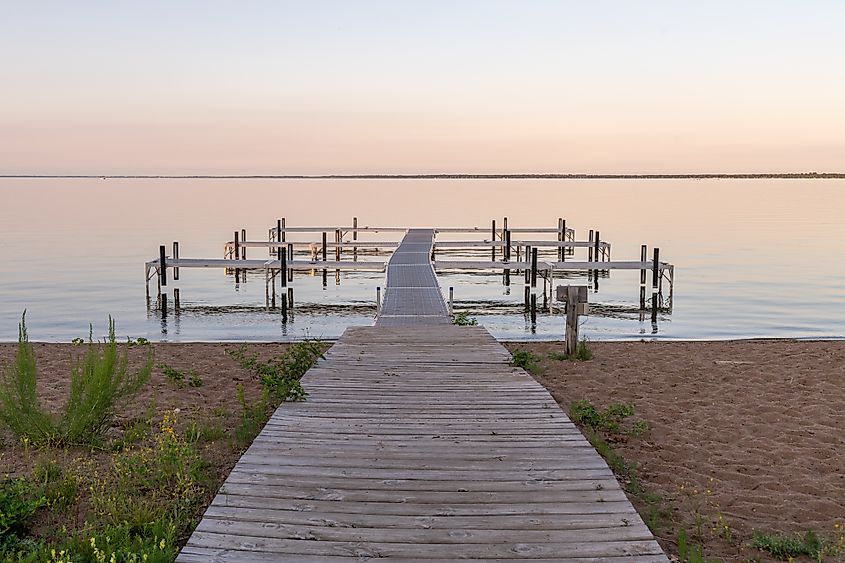
Otter Tail Lake is another large Minnesotan lake in center-west Minnesota that spans nearly 14,000 acres and houses a couple of reptilian species underneath. Like the Red Lake, this lake is also home to the common garter snake and the plains garter snake. Since both the snake species are not deadly or harmful, Otter Tail Lake remains a popular recreation destination. Fishing for the walleye and Northern pike is most common on these waters, as well as other water activities such as boating, jet-skiing, sailing, and power-boating. The lake has even held annual sailing races in the past, making it popular amongst tourists. Therefore, visitors can forget their reptilian worries and enjoy the large body of water and the surrounding Otter Lake Recreation Area for a pleasant summer getaway.
Lake of the Woods
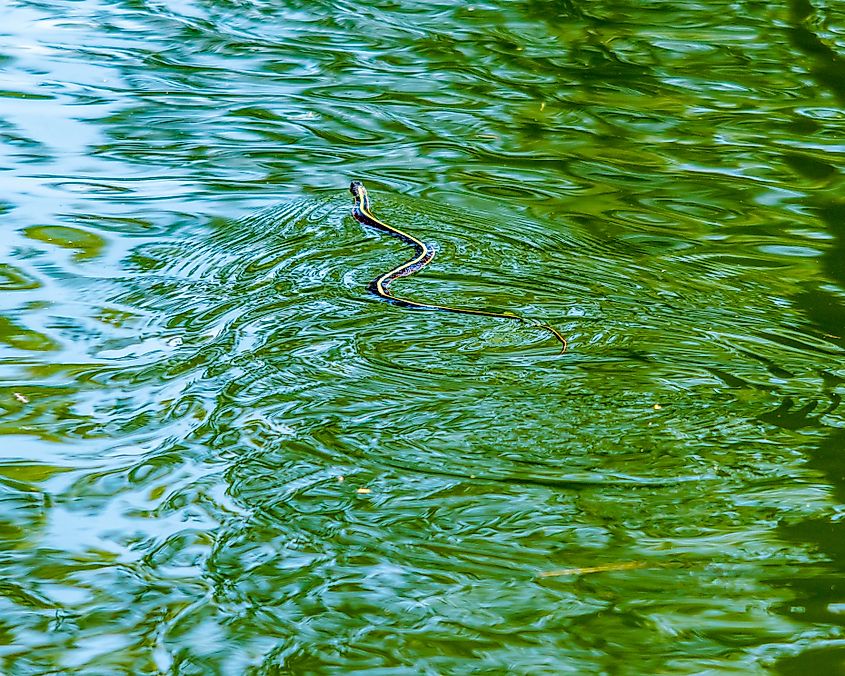
Lake of the Woods is one of the most famous lakes in North America, owing to its 25,000-mile shoreline, one of the longest in the world, and its scenic beauty. It is one of the largest freshwater lakes in the world and is home to a vast array of wildlife species. As such, it is not surprising that some reptile species also reside here. However, only the common garter snake is prevalent in these waters, making it relatively less scary than other lakes on this list. Nevertheless, the lake is a wonderful fishing spot, even known as the ‘Walleye Capital Of The World.’ It houses walleye, northern pike, perch, bass, trout, and many other fish species for enthusiasts looking for a good catch. It also makes for a lovely outdoor trip, encompassing about 14,522 islands with great natural scenes to offer explorers.
Wrapping Up
In conclusion, all the lakes on this list are home to a few snake species. Still, since those snakes are not venomous and practically harmless, they are also home to great outdoor experiences and recreational activities. The above bodies of water promise an adventurous trip and, paired with their scenic surrounding areas, would make for a great camping journey. However, if snakes and reptiles are a considerable fear, tourists may want to consider one of the other 11,842 lakes in Minnesota to visit and take a dip in.











